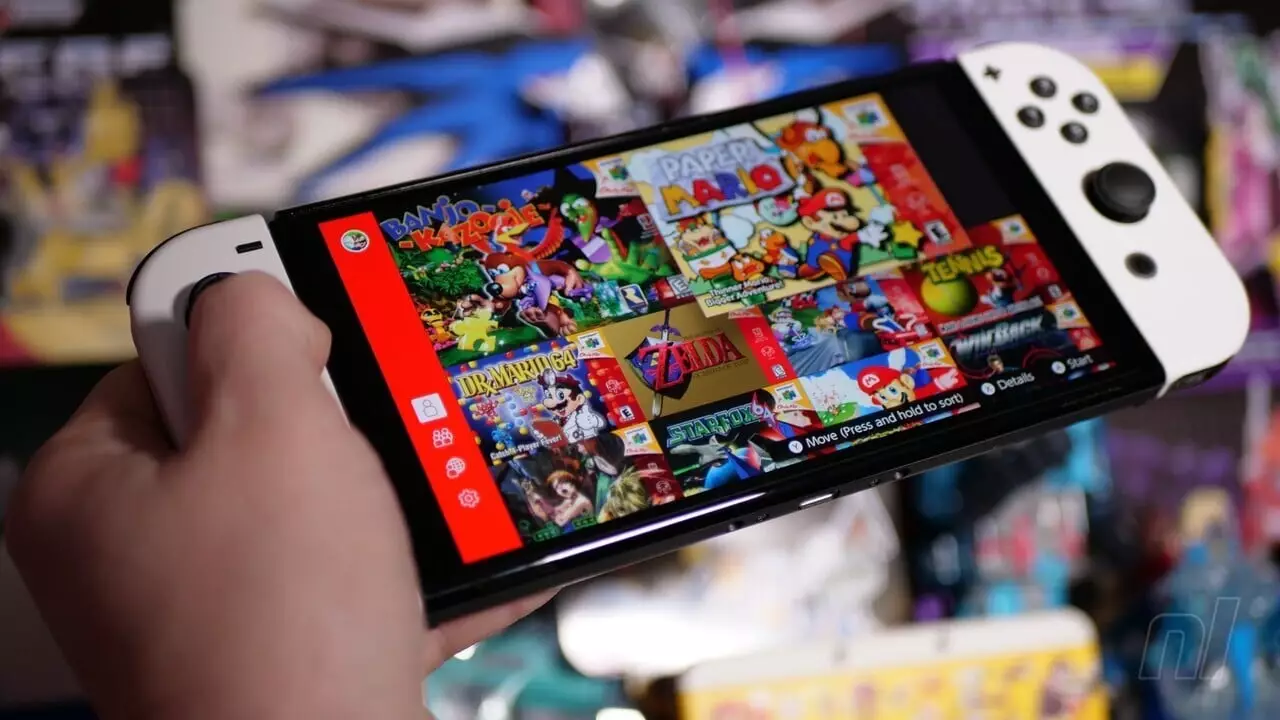In the ever-evolving landscape of gaming, Nintendo has consistently pursued innovative strategies to engage its audience. One notable chapter in this journey was the Virtual Console service, which allowed fans to purchase and download classic titles directly to their consoles. Launched at a time when nostalgic gaming was on the rise, the Virtual Console provided an unprecedented way for players to experience beloved franchises. However, as the industry changed, so did Nintendo’s approach, leading to the introduction of the Switch Online subscription service, a move that has sparked a plethora of discussions about its impact on the gaming community.
Recent leaks have revealed that prior to the launch of Switch Online, Nintendo had plans to maintain and expand the Virtual Console model. According to insightful revelations from LuigiBlood on Yakumono’s Blog, development of a new Virtual Console for the Switch, codenamed “Clipper,” began as early as 2015. This initiative was reportedly a collaboration between iQue and M2, with potential contributions from other development teams. This ambitious project aimed to fuse the nostalgic charm of Virtual Console with a modern twist—offering subscribers access to a free monthly game as part of the subscription model.
The transition away from the original vision of a stand-alone Virtual Console to the current tiered library under Switch Online represents a significant shift in Nintendo’s strategy. Many gamers have noted that the promised online features, such as multiplayer capabilities and additional enhancements like CRT mode animations, were essentially sidelined during this transition. This change distills the essence of Classic Nintendo gaming into a broader, more commercial format, perhaps alienating some of the dedicated retro enthusiasts.
Nintendo’s pivot to a subscription-based service has its merits, particularly in providing a larger library of games over time. However, this shift raises questions about accessibility and ownership in the modern gaming age. Fans of the original Virtual Console model often voiced their frustration with the limitations of the Switch Online service, including the concern that one must continue paying for access to games, rather than owning them outright.
Furthermore, the allure of purchasing individual titles that can be played anytime has been diluted with the subscription service’s tiered access. While Switch Online boasts a rotating catalog of classic games, some may argue that it lacks the personal touch and ownership experience that the Virtual Console offered.
Looking Ahead: Preferences for Gamers
The question remains: Would players have preferred the legacy of the Virtual Console over the current format? While the subscription service caters to a broader audience, many nostalgic gamers continue to long for the days when they had the autonomy to curate their own library of classic NES or SNES games. The intrinsic value placed on owning these titles is something that Switch Online struggles to replicate.
As we navigate the complex waters of gaming subscriptions and retro libraries, Nintendo finds itself at a crossroads. Will future strategies incorporate more ownership-like models, or will it continue to double down on the subscription services that have become prevalent in the industry? Whatever path is chosen, the desires and expectations of Nintendo’s robust fanbase will undoubtedly shape the evolution of retro gaming in the years to come.

